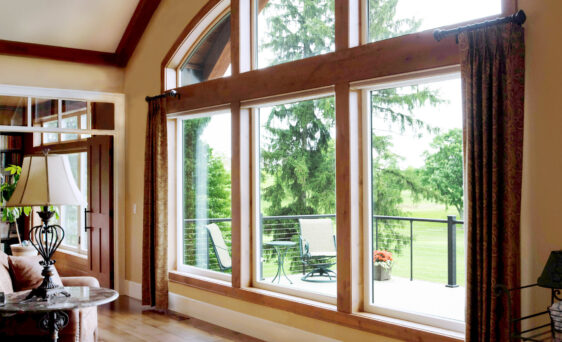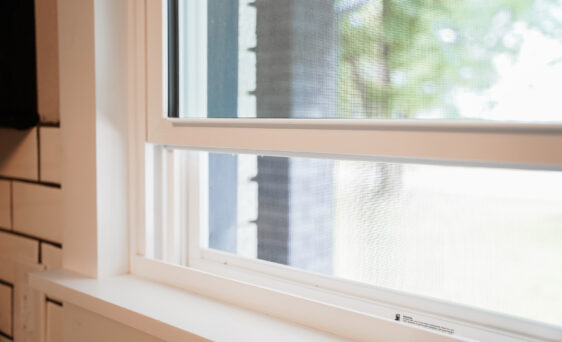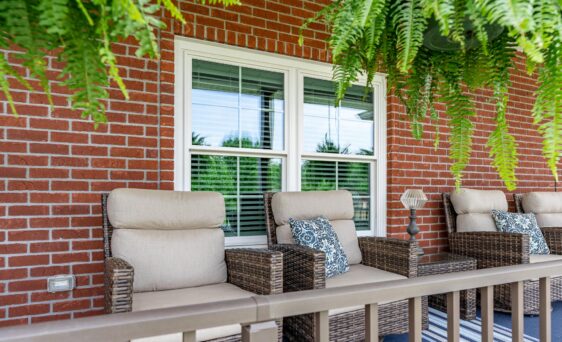How to Know When to Replace Windows in Your House

By Julie Monroy
Product Manager - Windows & Vinyl Patio Doors
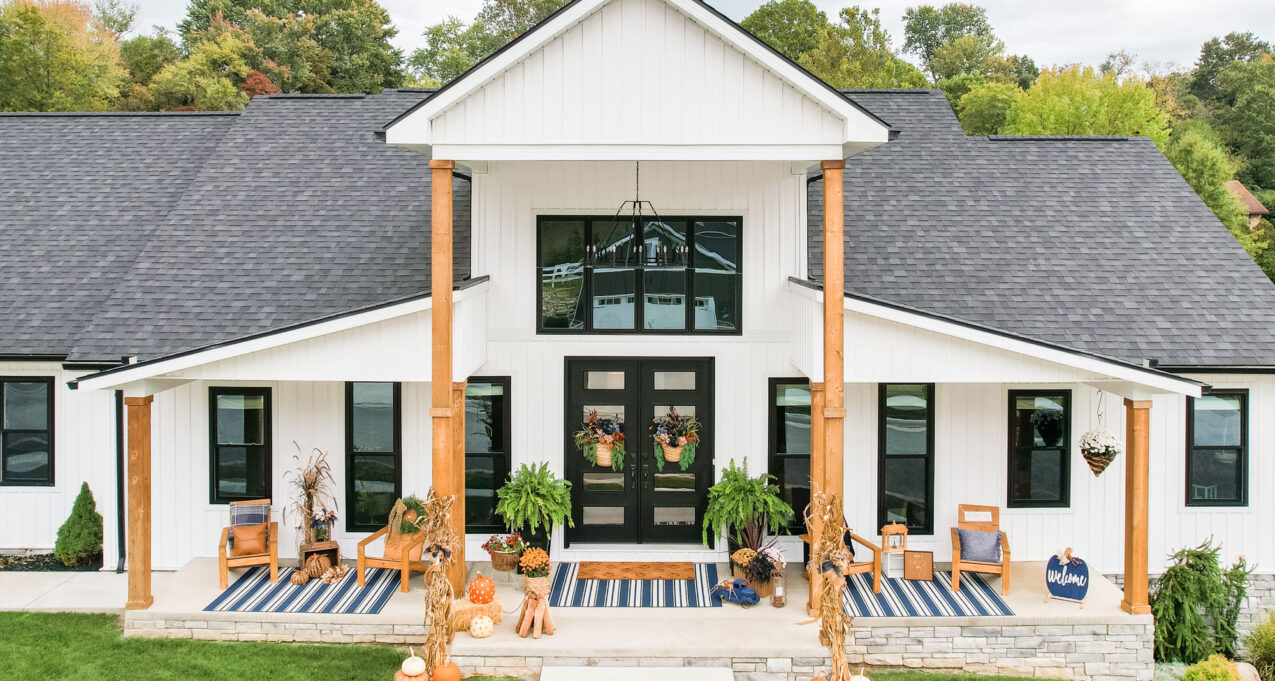
Determining when to replace your windows and the best time of year to replace them are big decisions—especially since windows have a direct impact on the energy efficiency of your home. According to the U.S. Energy Information Administration, heating and cooling account for 52% of the average home’s energy usage, so replacing old windows can help you manage that cost. But how do you know when it’s really time to make the update? Here are some signs it might be time to consider replacement windows:
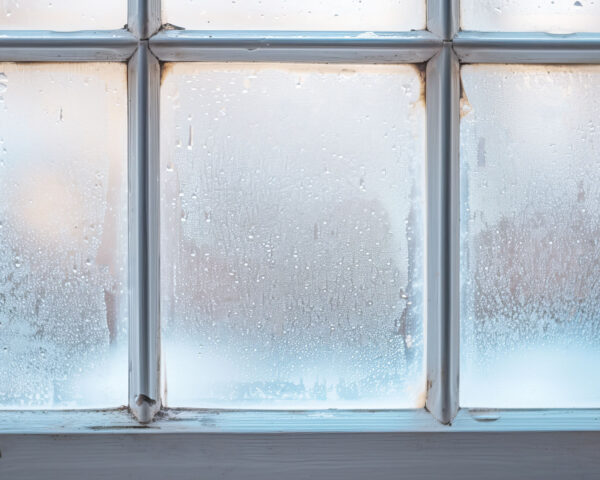
Condensation, fog, or mold between window glass panes
If you have double- or triple-paned windows and have fogging, condensation, or mold between the panes, it likely indicates that your windows’ seals have failed. When a window’s seal is broken, the insulating air or gas, such as argon or krypton between the panes, leaks from the window and can no longer provide energy efficiency. Not only is condensation between window panes unsightly, it can lead to moisture and mold growth, as well as higher heating and cooling costs caused by diminished energy efficiency.

Air infiltration around your windows
Feeling a draft in the winter or warm air in the summer around your windows could be an indication of issues such as broken seals, as mentioned above, or poor installation.
There also may be a chance your windows were never high quality, energy efficient windows to begin with—especially if they’re single paned.
Windows don’t open or close properly
Windows that don’t operate properly can be frustrating, but this can also lead to diminished energy efficiency, especially if the sashes don’t seal as intended at the bottom. Sometimes poor window installation can cause these issues, while other times damaged or aging window components can be the culprit.
Window frames are warped, sagging, or deteriorated
Improper window installation can allow water to enter, causing the frame to warp, deteriorate, and rot over time. Older window components or sashes can also break, causing windows to sag.
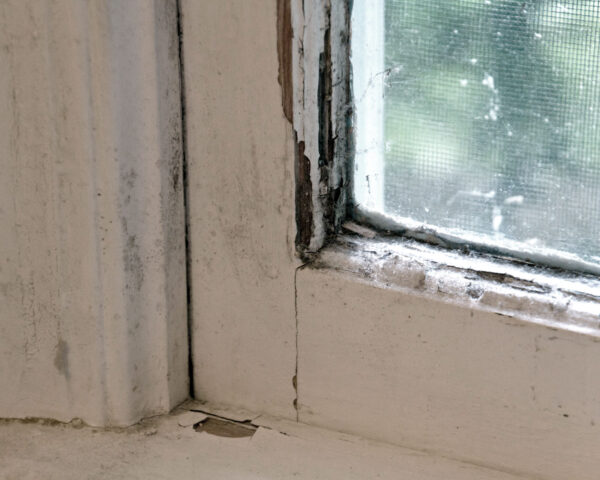
Interior finish damage
If you have painted or stained wooden window frames, over time interior condensation can cause the finish to peel or blister or cause the wood to rot. A moderate amount of condensation on both the inside and outside of your window is normal. However, if humidity isn’t controlled inside your home during the winter months, you can end up with excessive condensation that can lead to finish damage over time. It’s important to understand how indoor humidity affects condensation. Learn more in our blog article about window condensation.

Windows are difficult to clean
Windows contribute to the aesthetic of your home, but dirty windows can detract from your curb appeal. If your windows are difficult or nearly impossible to clean, it might be time to consider double-hung windows that you can clean with ease. Double-hung windows allow you to tilt both the upper and lower sashes inward so you can easily clean the inside and the outside of your windows from inside your home. This is especially helpful for cleaning second-story or hard-to-reach windows since it eliminates the need for using a ladder to clean your windows from the outside.
Windows don’t match your home’s exterior or interior design
Curb appeal is an important factor in your home’s value, and sometimes your old windows don’t match the exterior or interior look you’re trying to achieve. A home exterior makeover is an excellent time to buy new windows and freshen your home’s curb appeal.
When is the best time to replace windows
If all indications suggest it’s time to replace your home windows, the next question is obvious: what time of year is a good time to buy new windows? While windows can be replaced any time of the year, starting your project in the winter has some distinct benefits:
- Fewer scheduling difficulties—Cold weather usually means less work for home renovators, and less work can put your project at the front of the line, even when it involves custom replacement windows.
- Lower heating bills—With most of winter still ahead of you, replacing your windows in the winter means you can cut your heating costs immediately, especially if you purchase ENERGY STAR® certified windows. Waiting for warmer weather means you’ll be paying unnecessarily high heating bills for months.
An experienced window installer will keep the cold air from reaching other areas of your home as much as possible and will use the appropriate caulk for the weather conditions. So let your windows be your guide when it comes to deciding when to replace your window. If they’re drafty, inefficient or just plain wrong for your home, any time can be the right time for replacing home windows.
Last Updated: October 4, 2024

By Julie Monroy
Product Manager - Windows & Vinyl Patio Doors
Stay up to date with our latest blog articles
